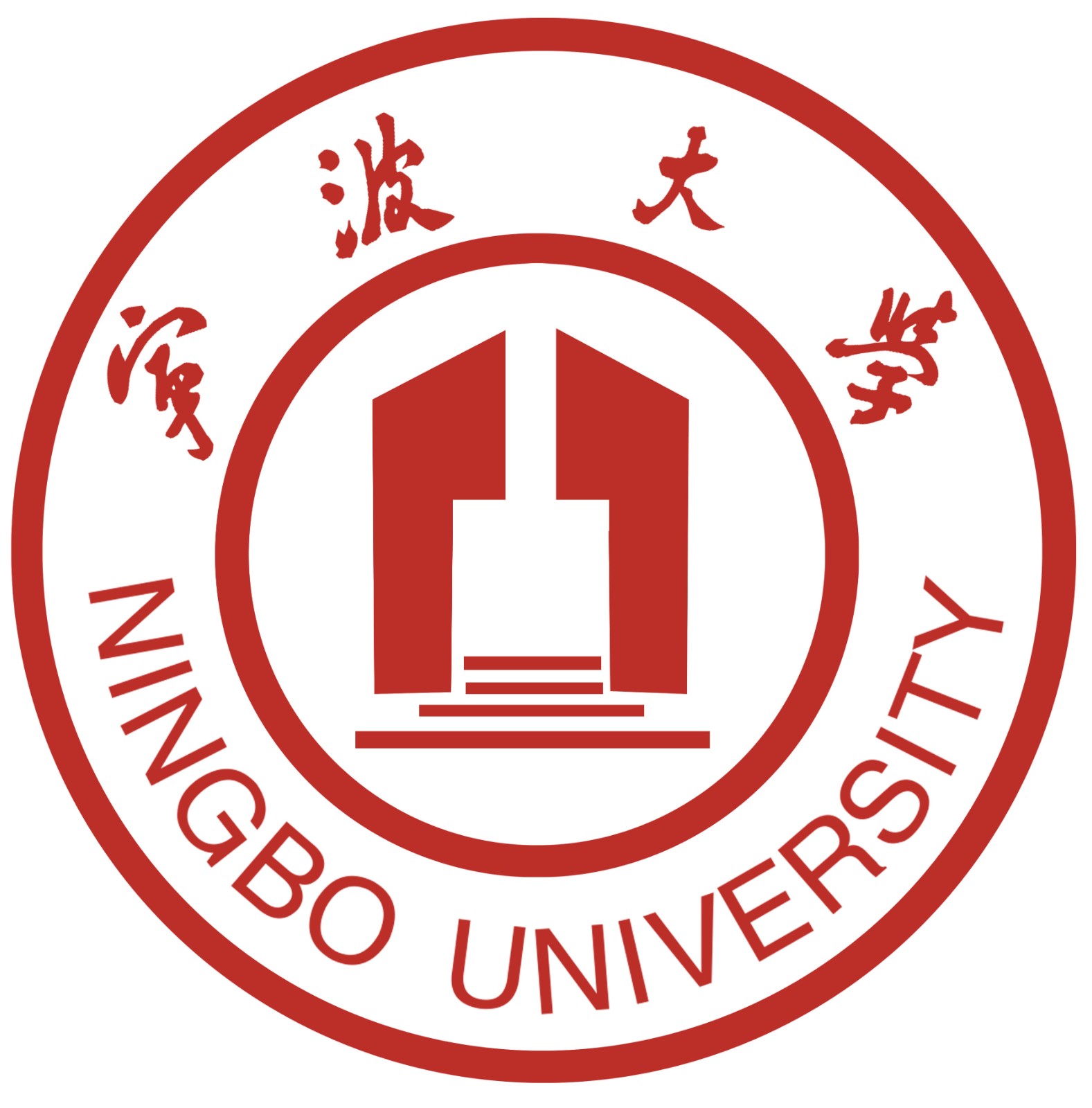祝贺余一飞同学的综述性文章发表在Membranes期刊
发布时间:2022-12-10
聚酰胺复合(PA-TFC)膜广泛的应用于纳滤、反渗透和正渗透过程,主要由多孔支撑层和其表面通过界面聚合形成的聚酰胺(PA)截留层组成。然而,TFC膜的分离性能受制于渗透性和选择性之间的权衡。近期,新一代结构的纳米复合膜,即:功能化中间层插层复合膜(TFNi),有望打破上述限制,突破渗透性和选择性的权衡。本文总结了二维功能材料作为TFNi膜中间层的研究报道,总结了这些二维中间层的特点、功能、改性和优势,提出了二维中间层的所面临的关键挑战和亟待解决的问题,为带有二维中间层的TFNi膜研究提出了未来的发展方向。
Abstract
Thin-film composite (TFC) polyamide (PA) membrane has been widely applied in nanofiltration, reverse osmosis, and forward osmosis, including a PA rejection layer by interfacial polymerization on a porous support layer. However, the separation performance of TFC membrane is constrained by the trade-off relationship between permeability and selectivity. Although thin-film nanocomposite (TFN) membrane can enhance the permeability, due to the existence of functionalized nanoparticles in the PA rejection layer, the introduction of nanoparticles leads to the problems of the poor interface compatibility and the nanoparticles agglomeration. These issues often lead to the defect of PA rejection layers and reduction in selectivity. In this review, we summarize a new class of structures of TFN membranes with functionalized interlayers (TFNi), which promises to overcome the problems associated with TFN membranes. Recently, functionalized two-dimensional (2D) nanomaterials have received more attention in the assembly materials of membranes. The reported TFNi membranes with 2D interlayers exhibit the remarkable enhancement on the permeability, due to the shorter transport path by the “gutter mechanism” of 2D interlayers. Meanwhile, the functionalized 2D interlayers can affect the diffusion of two-phase monomers during the interfacial polymerization, resulting in the defect-free and highly crosslinked PA rejection layer. Thus, the 2D interlayers enabled TFNi membranes to potentially overcome the longstanding trade-off between membrane permeability and selectivity. This paper provides a critical review on the emerging 2D nanomaterials as the functionalized interlayers of TFNi membranes. The characteristics, function, modification, and advantages of these 2D interlayers are summarized. Several perspectives are provided in terms of the critical challenges for 2D interlayers, managing the trade-off between permeability, selectivity, and cost. The future research directions of TFNi membranes with 2D interlayers are proposed.

Membranes 2022, 12(12), 1250; https://doi.org/10.3390/membranes12121250
